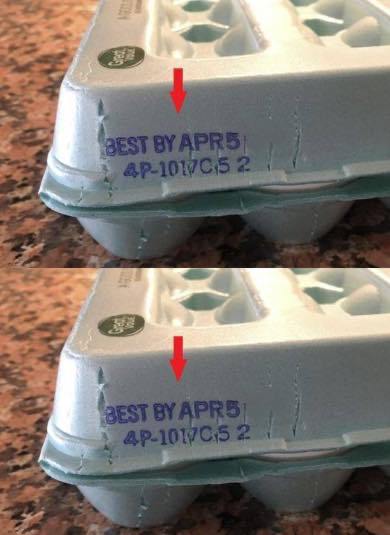We’ve all experienced it: you crack open an egg, and the smell tells you instantly that something’s off. Instead of playing guessing games with freshness, there’s a simple way to know exactly how fresh your eggs are—just by reading the codes printed on the carton.
Eggs are a kitchen staple—great scrambled, fried, poached, or baked into a cake. But when you’re shopping, have you ever noticed the extra numbers printed on the egg carton? Beyond the sell-by date lies a helpful clue: the Julian date.
What is the Julian Date?
Look closely at your egg carton and you’ll likely see a three-digit number near the sell-by date. This is the Julian date, and it tells you the exact day of the year the eggs were packaged.
- 001 = January 1st
- 365 = December 31st
For example, a Julian date of 045 means the eggs were packed on February 14th. This quick reference can help you choose the freshest eggs on the shelf.
What is the Plant Code?
Right next to the Julian date, you may notice a code starting with a “P” followed by four digits. This is the plant code, identifying the facility where the eggs were processed.
This code is especially helpful during egg recalls—you can look it up on the FDA’s Egg Safety website to check if your eggs are affected.
Continue reading on next page…

